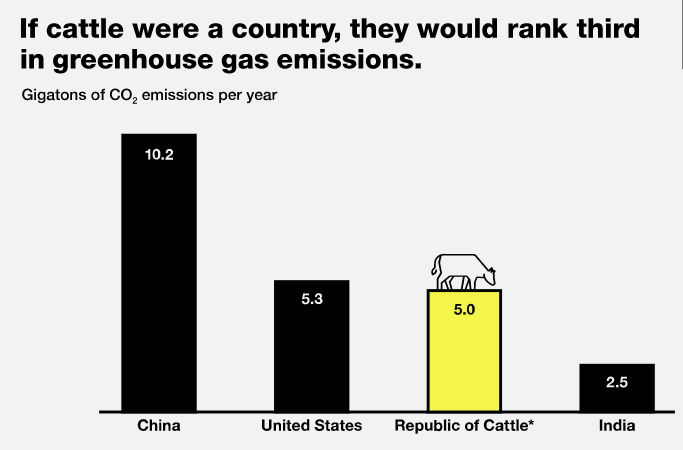By Bill Gates
Quick: Think of some inventions that help fight climate change.
What came to mind first? I bet you thought of solar panels and wind turbines. In my experience, that’s what people point to when they think about reducing greenhouse gas emissions.
They’re not wrong. Renewables are getting cheaper and many countries are committing to rely more on them and less on fossil fuels for their electricity needs. That’s good news, at least in places that get a lot of sunlight or wind. Everyone who cares about climate change should hope we continue to de-carbonize the way we generate electricity.
I wish that were enough to solve the problem. Unfortunately, it isn’t.
Making electricity is responsible for only 25% of all greenhouse gas emissions each year. So even if we could generate all the electricity we need without emitting a single molecule of greenhouse gases (which we’re a long way from doing), we would cut total emissions by just a quarter.
To prevent the worst effects of climate change, we need to get to zero net greenhouse gas emissions in every sector of the economy within 50 years—and as the IPCC recently found, we need to be on a path to doing it in the next 10 years. That means dealing with electricity, and the other 75% too.
Where do greenhouse gas emissions come from? I like to break it down into five main categories—what I call the grand challenges in stopping climate change:
Electricity (25%)
Although there’s been progress in the renewable energy market, we still need more breakthroughs. For example, wind and solar need zero-carbon backup sources for windless days, long periods of cloudy weather, and nighttime. We also need to make the electric grid a lot more efficient so clean energy can be delivered where it’s needed when it’s needed.
Agriculture (24%)
Cattle are a huge source of methane; in fact, if they were a country, they would be the third-largest emitter of greenhouse gases! In addition, deforestation—clearing land for crops, for instance—removes trees that pull CO2 out of the air, and when the trees are burned, they release all their carbon back into the atmosphere.

